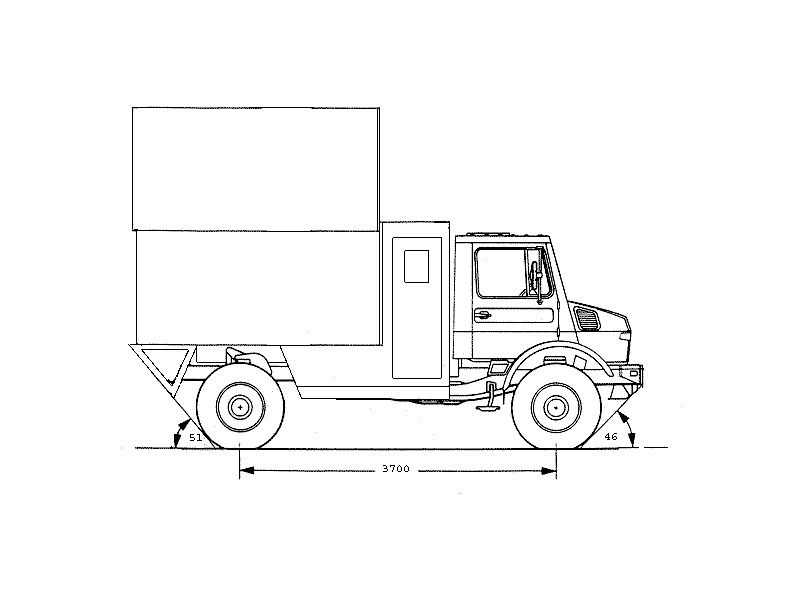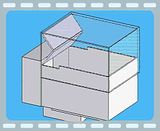dzzz
™
I've been somewhat stumped at how to do a hardsided popup more than a meter or so - lets say 48" - to 52". Straight piston, or double pistons, don't seem to be that long. The issue isn't strength, it's the torques that occur in real word use. I can use compound movements, but all of these I've considered are either weak or complicated. How would you do a large 48" popup? How would you do a 2m one side popup (The other end is just a hinge). How would you deal with the side loads caused by wind?







